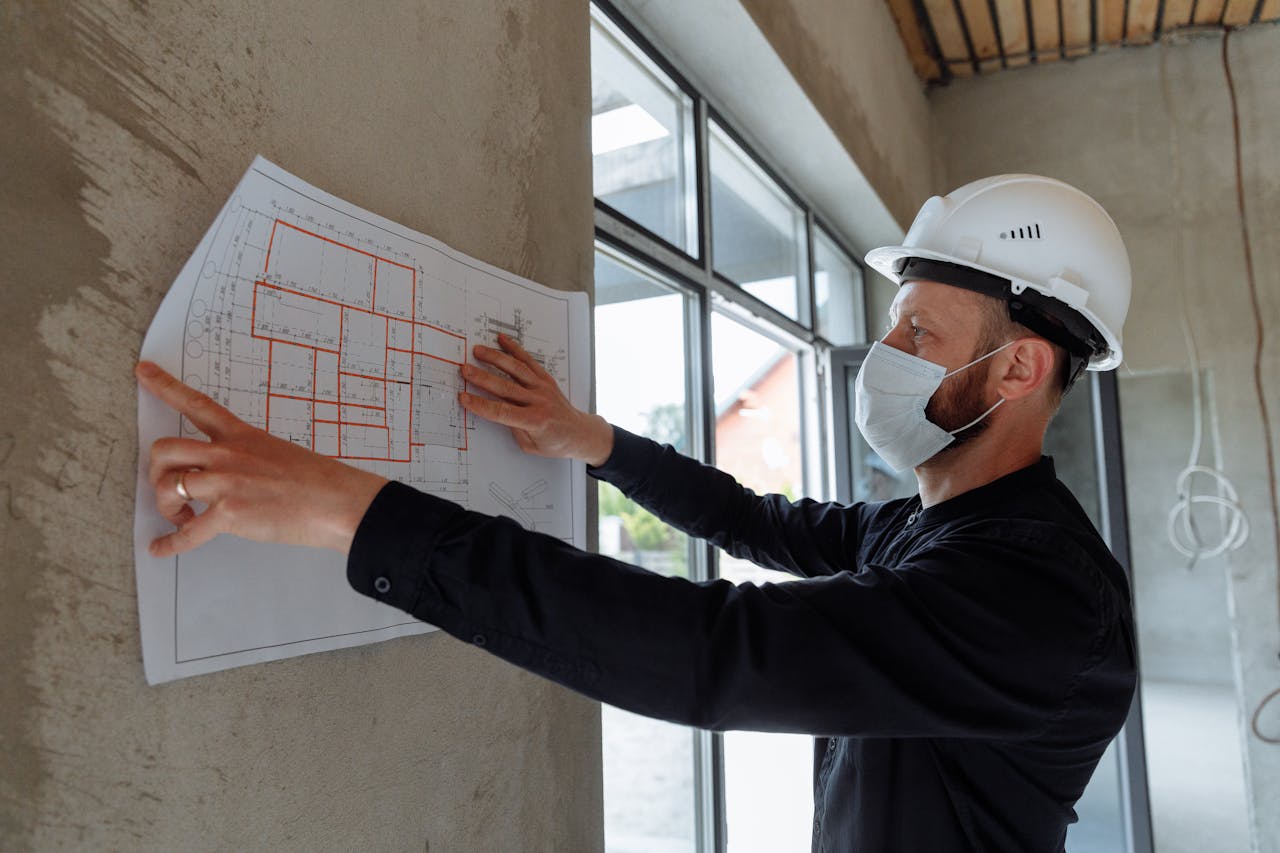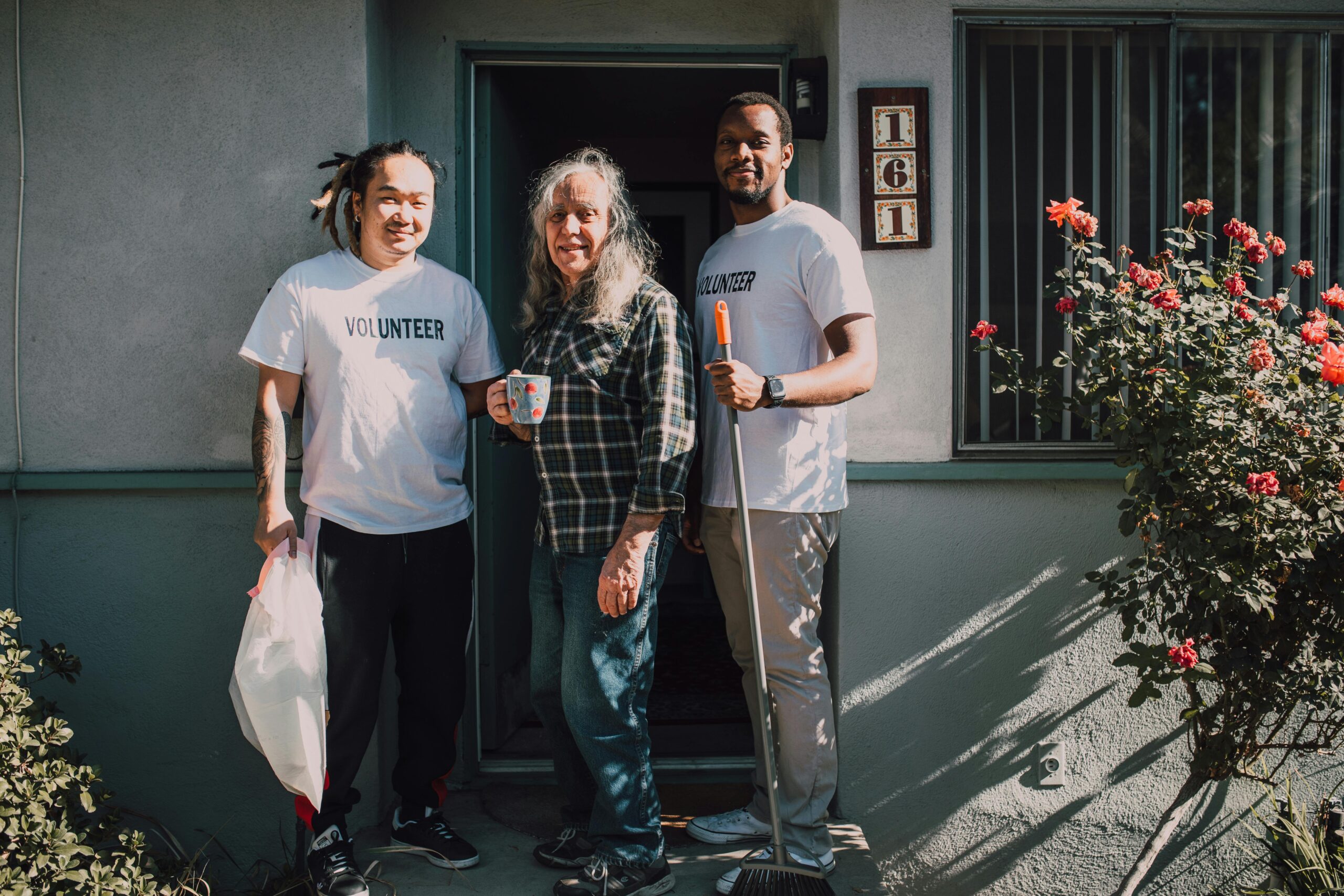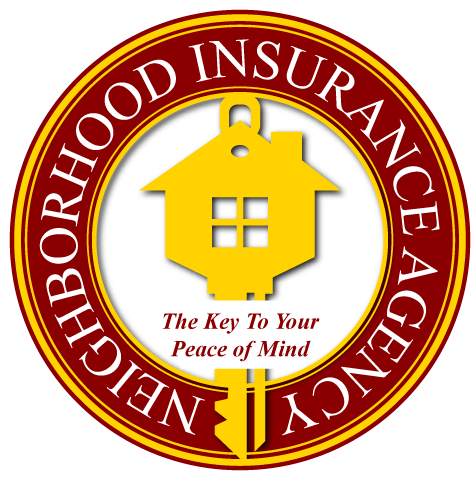
After a loss, the amount your insurer pays depends on how your property is valued. The two main methods—Actual Cash Value (ACV) and Replacement Cost Value (RCV)—can mean the difference between a full rebuild or a partial payout. Understanding these terms before you need to file a claim can protect your finances and peace of mind.
Understanding the Basics
When property is damaged or destroyed, insurance companies calculate payment using one of two approaches:
- Actual Cash Value (ACV) – The value of your property minus depreciation.
- Replacement Cost Value (RCV) – The amount it would cost today to replace or rebuild the same property, without deducting for depreciation.
Most standard homeowners and commercial property policies in California, including in Santa Ana and Orange County, include ACV by default—unless RCV coverage is specifically purchased.
Actual Cash Value (ACV): What It Really Means
ACV reflects your property’s current market worth at the time of the loss. Think of it like selling your used furniture or car—the insurer factors in age, wear, and condition.
For example:
- A 10-year-old roof that costs $15,000 to replace may only be valued at $7,500 ACV due to depreciation.
- The insurer pays $7,500 now, and you pay the rest out-of-pocket unless you have RCV coverage.
While ACV coverage can result in lower premiums, it also means you’ll likely receive less after a loss.
Replacement Cost Value (RCV): A More Complete Recovery
RCV coverage reimburses the full cost of replacing damaged property with new materials of similar quality—without factoring in depreciation.
This option better protects homeowners and business owners facing inflation, rising labor costs, or stricter building codes.
For example:
If your Santa Ana home suffers fire damage, and the cost to rebuild your kitchen today is $25,000, RCV coverage would pay that full amount (after your deductible), even if the kitchen was older.
However, most insurers require:
- You to repair or replace the property first before receiving the full RCV amount.
- Proof of completed work (invoices, photos, permits).
Why This Matters More in 2025
With inflation, material shortages, and stricter California building standards, replacement costs have surged. Many property owners who relied on ACV coverage have found themselves underinsured after wildfires, floods, or other disasters.
In Santa Ana and across Orange County, RCV coverage can mean:
- Faster recovery after property damage.
- Less financial strain while rebuilding.
- Greater protection against inflation and depreciation.
Common Misunderstandings
- “ACV is the same as market value.”
Not necessarily. Market value includes land and local demand. ACV only considers the depreciated cost of structures or items. - “I can claim full replacement costs immediately.”
Not without proof. Most RCV policies pay ACV first, then reimburse the remainder after replacement. - “I’ll be reimbursed for code upgrades.”
Only if your policy includes an Ordinance or Law endorsement, which covers the cost of meeting updated building codes.
The Bottom Line for Santa Ana Homeowners and Businesses
When reviewing your policy, ask:
- Does my property coverage pay based on ACV or RCV?
- Would I have enough coverage to fully rebuild at today’s prices?
- Does my policy include code upgrade or inflation protection endorsements?

How Neighborhood Insurance Agency Can Help
At Neighborhood Insurance Agency, we’ve helped Santa Ana and Orange County residents understand their policies and protect their investments since 1989.
As a Family-owned agency, we believe in educating our clients—not just selling policies. Whether it’s your home, business, or rental property, we’ll help ensure your coverage reflects true replacement value, not outdated numbers.
👉 Contact us today for a no-pressure review of your property insurance policy.
Santa Ana, CA 92705
Reference
Insurance Journal. (2009, January 11). Actual cash value versus replacement cost value. Retrieved from https://www.insurancejournal.com/magazines/mag-legalbeat/2009/01/11/157532.htm

Support Santa Ana’s Local Businesses This Holiday Season

Your 2025 Year-End Business Insurance Review in Santa Ana

Top 3 Auto Insurance Mistakes Santa Ana Drivers Make

World Kindness Day in Santa Ana: Spread Positivity


